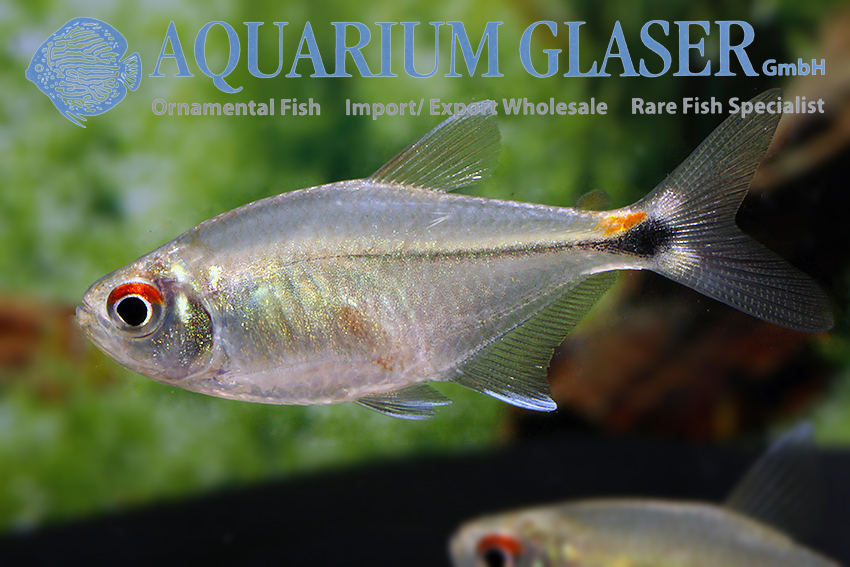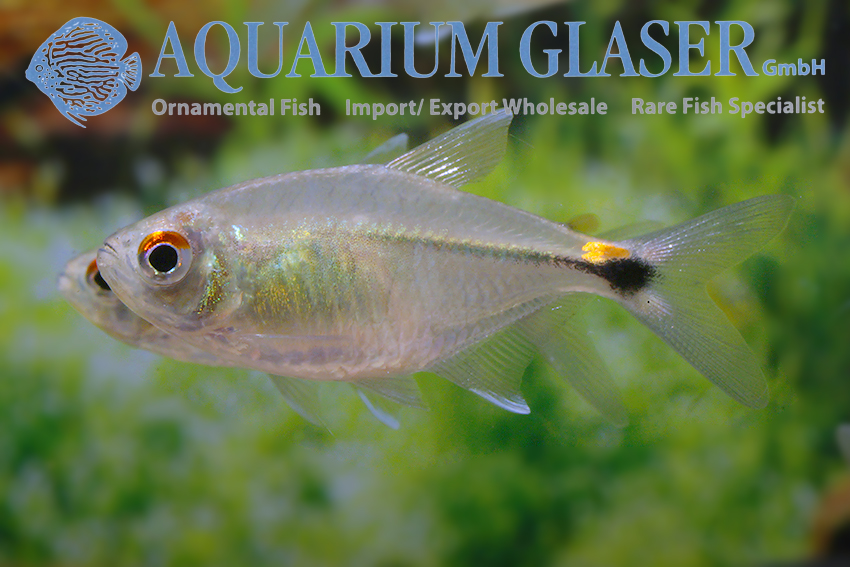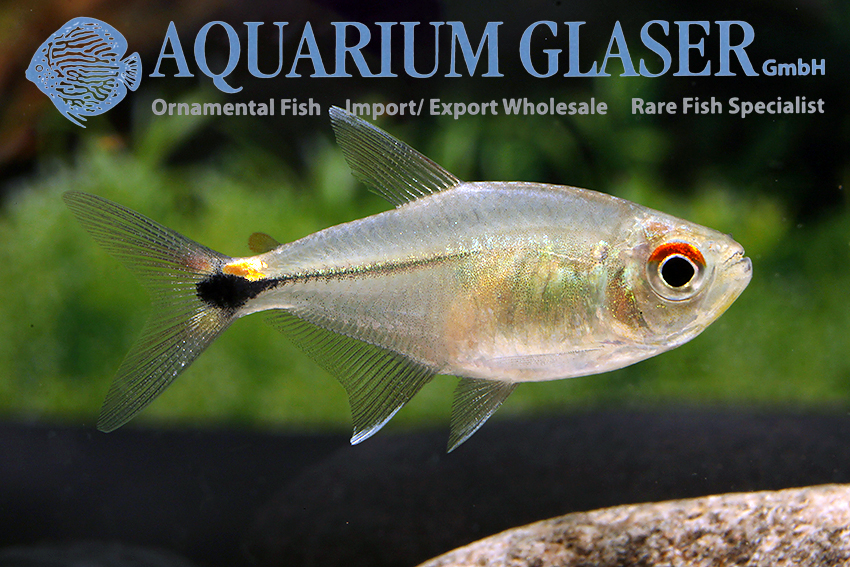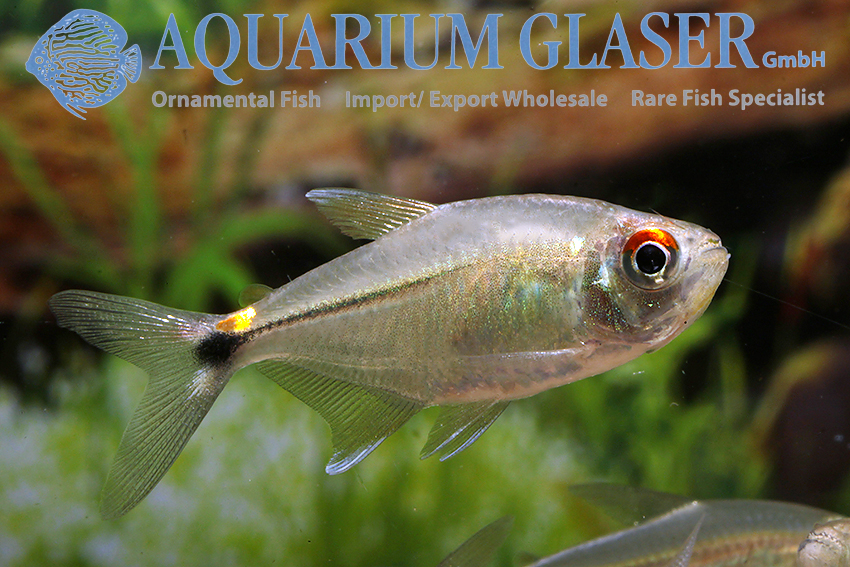Head-and-Tail light tetras were introduced to Germany as early as 1910 and were also bred soon after. They soon belonged to the iron stock of ornamental fish. These first head-and-taillight tetras were identified as Hemigrammus ocellifer. In 1958 Hermann Meinken noticed that the head-and-taillight tetra in the hobby does not have a shoulder spot, but the “real” H. ocellifer does. Therefore Meinken described the old known fish without shoulder spot as a new subspecies, which he named H. ocellifer falsus.




Nowadays, it is believed that H. ocellifer and H. falsus are even different species, because they do not mix in nature. Since the “true” H. ocellifer (with shoulder spot) was considered prettier, H. falsus gradually disappeared from the hobby. Nowadays only H. ocellifer is offered. Practically without exception they are offspring.
The Hemigrammus falsus illustrating this post, however, are wild-caught. They came as so called bycatch from Peru to us
Who would like to compare: an entry to H. ocellifer can be found here: https://www.aquariumglaser.de/en/09-characoids-tetra-relationship/hemigrammus-ocellifer-2/
Also very similar is H. luelingi, for this see here: https://www.aquariumglaser.de/en/09-characoids-tetra-relationship/hemigrammus-luelingi-2/
The animals look especially pretty in aquariums with dark substrate, then the luminous spots on shoulder and tail and the eyes seem to literally glow.
Text & photos: Frank Schäfer




